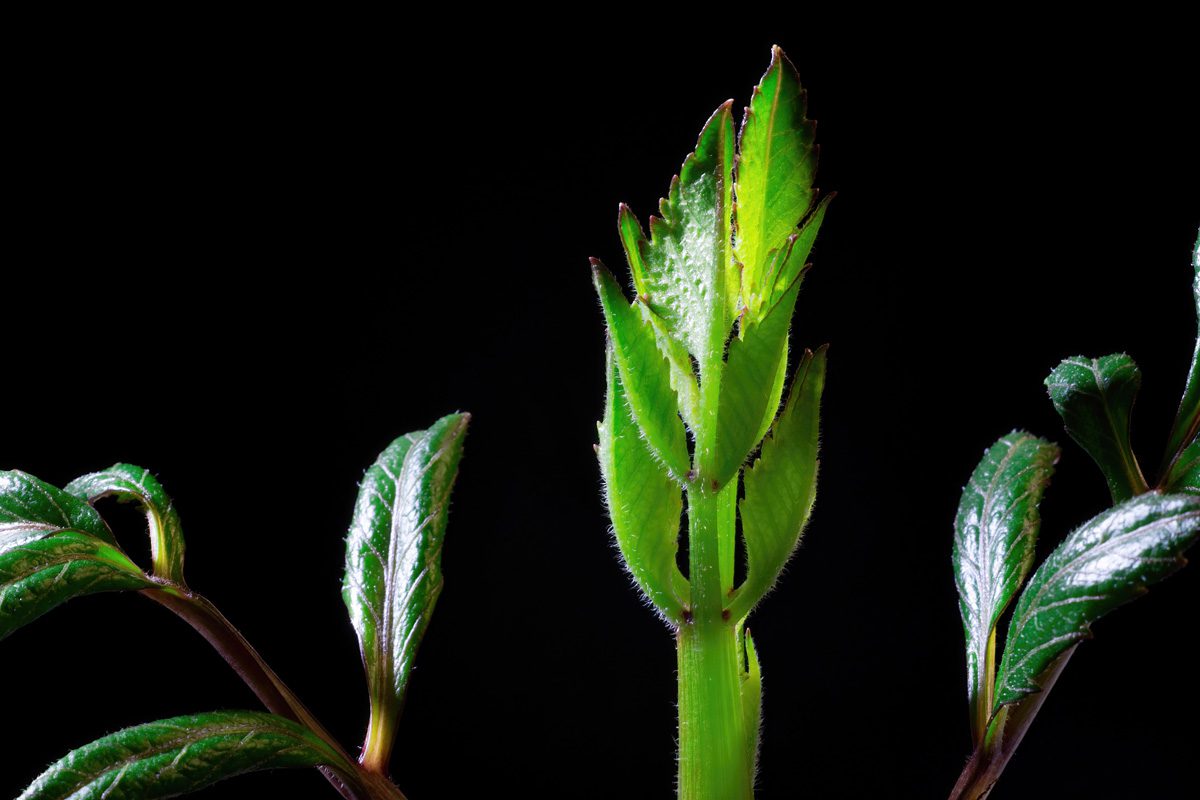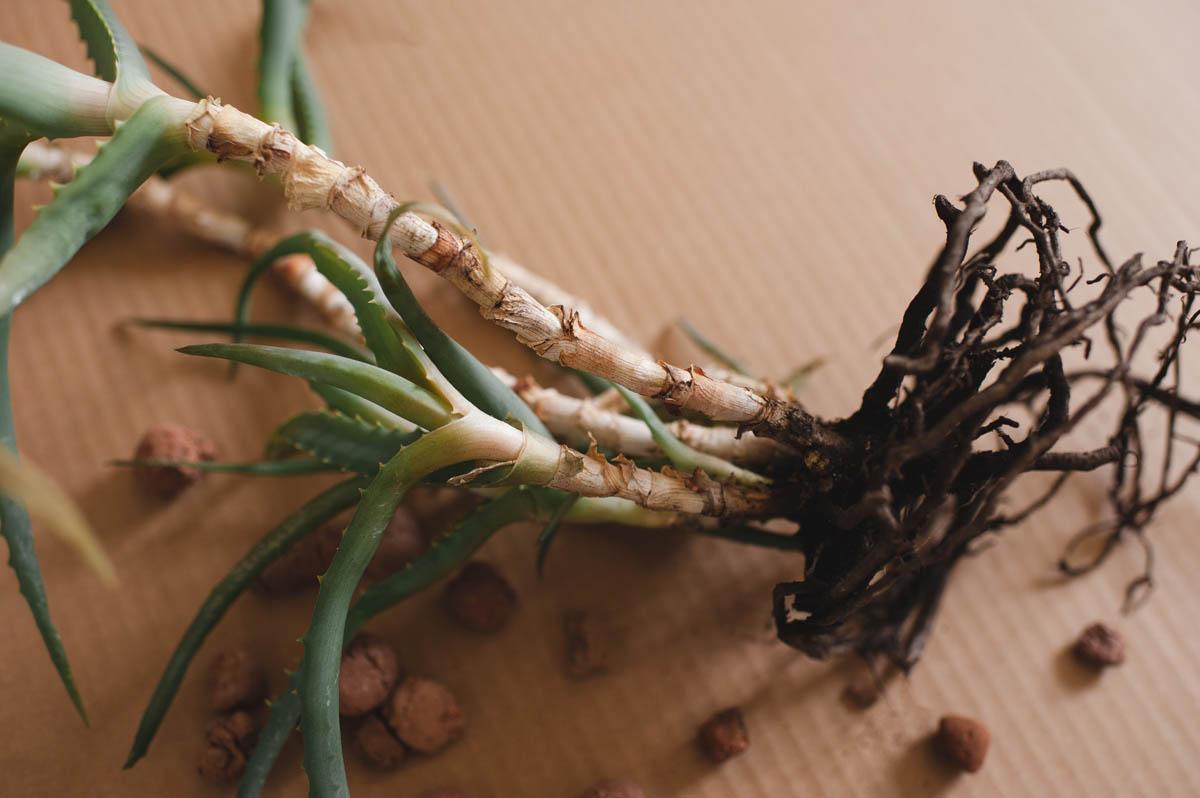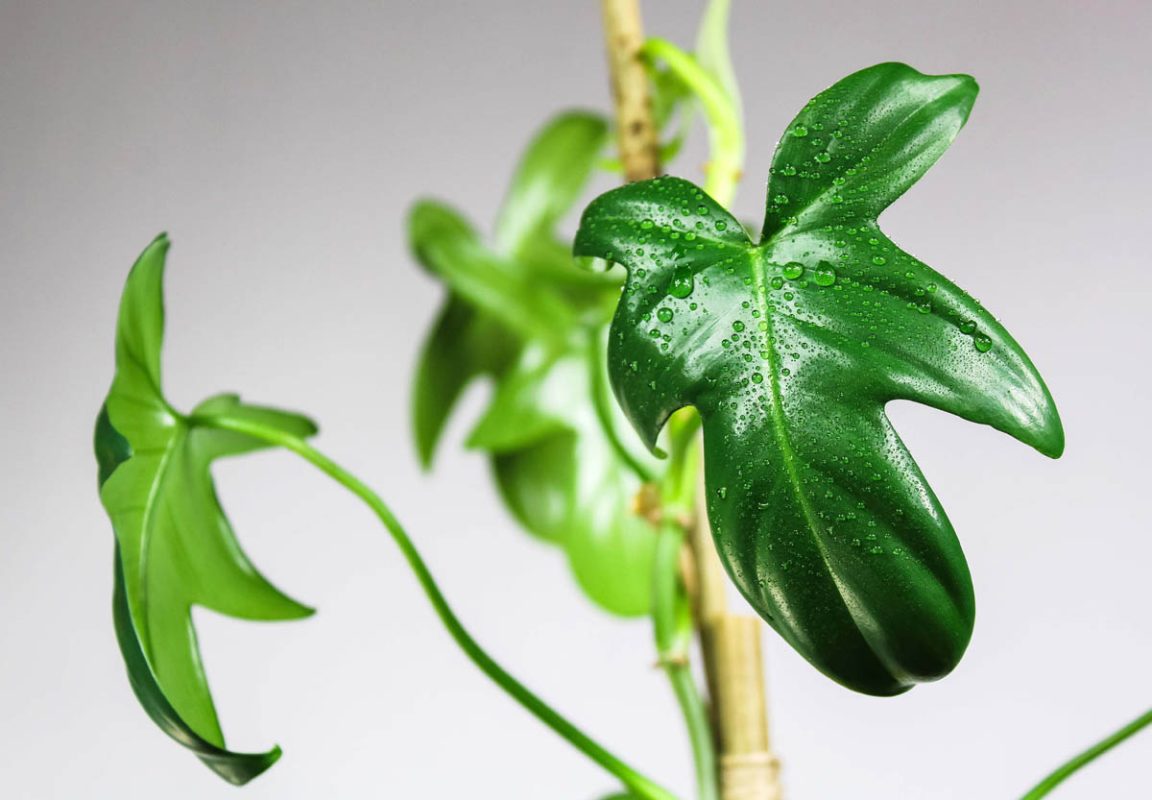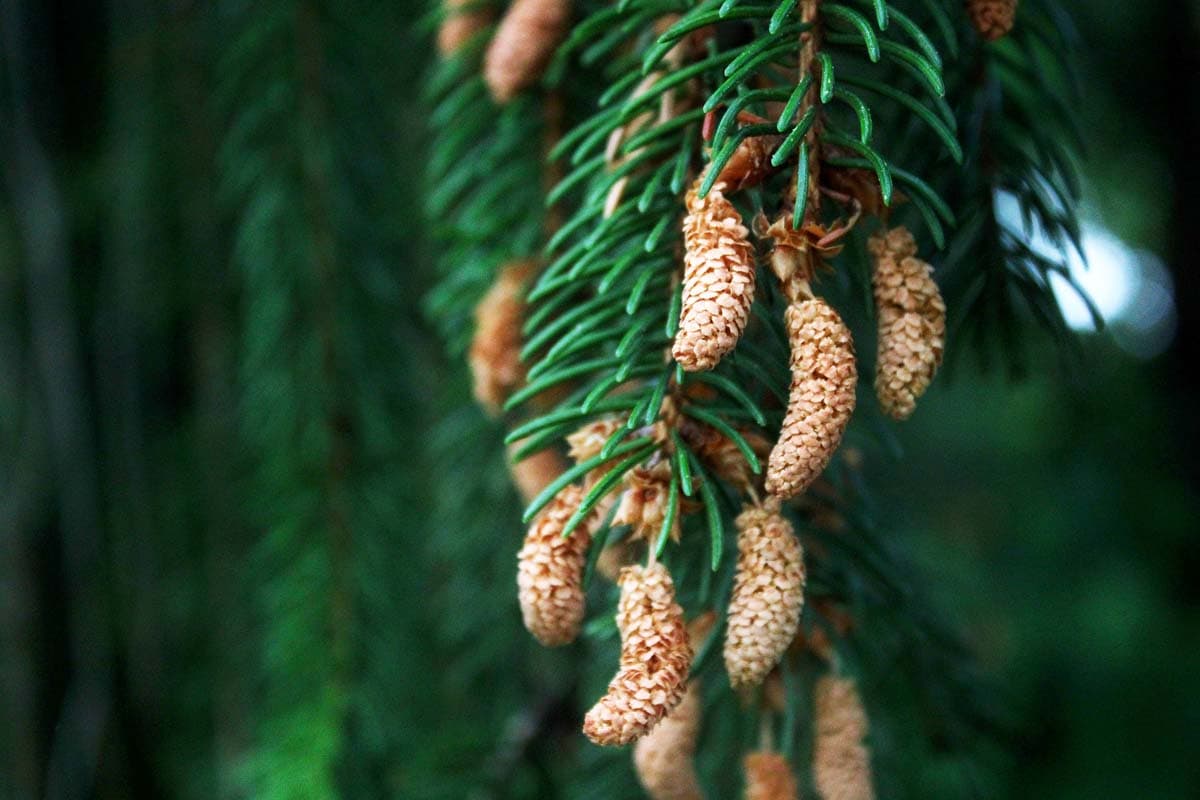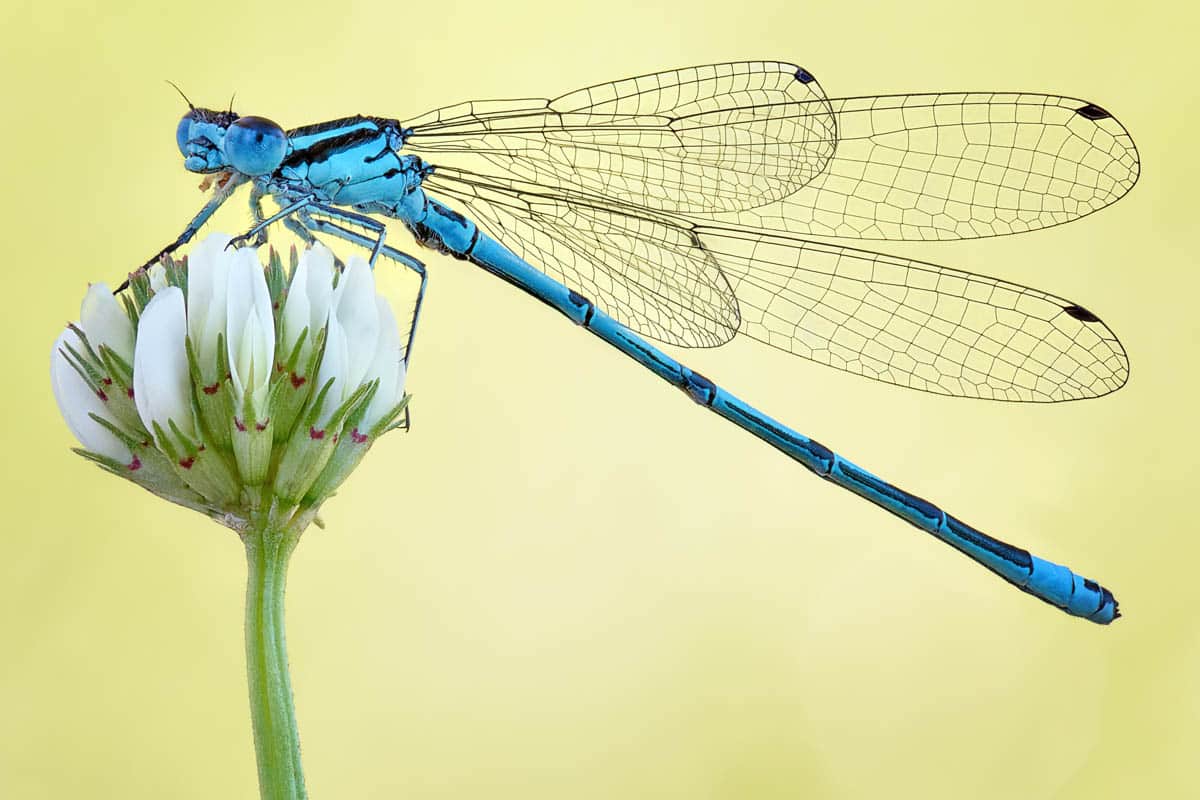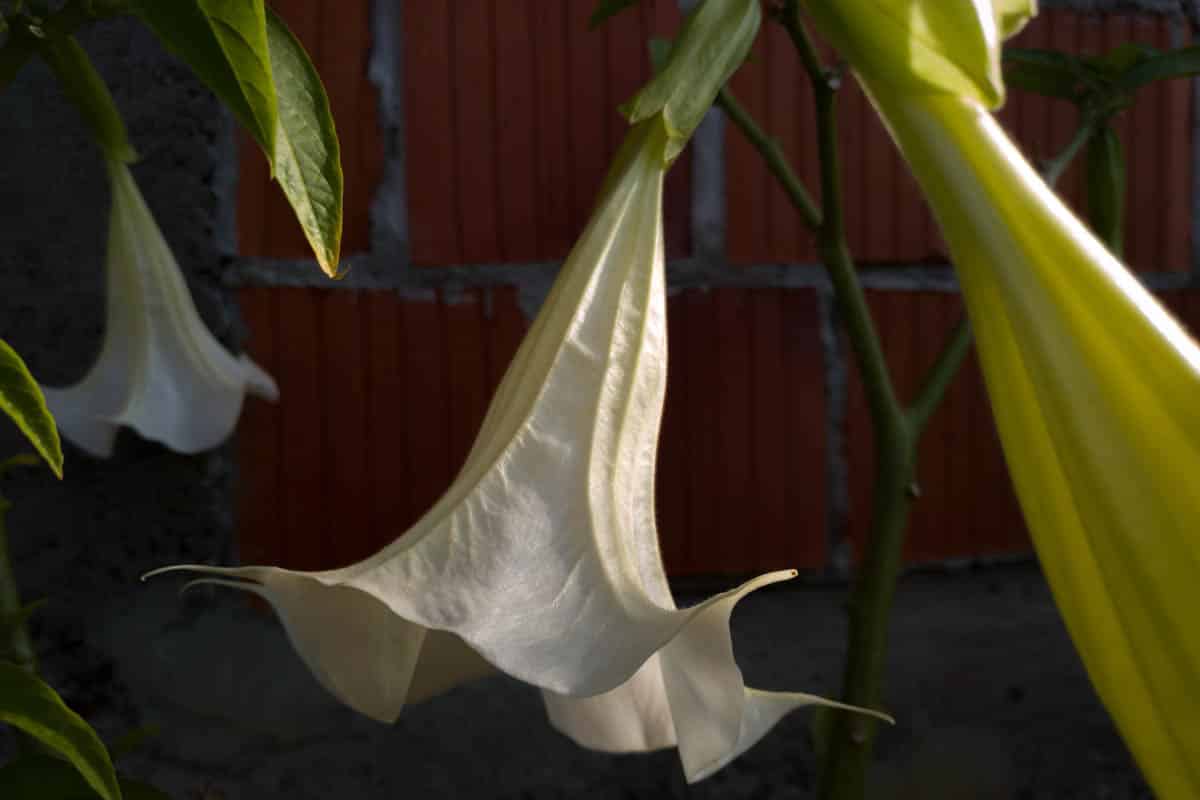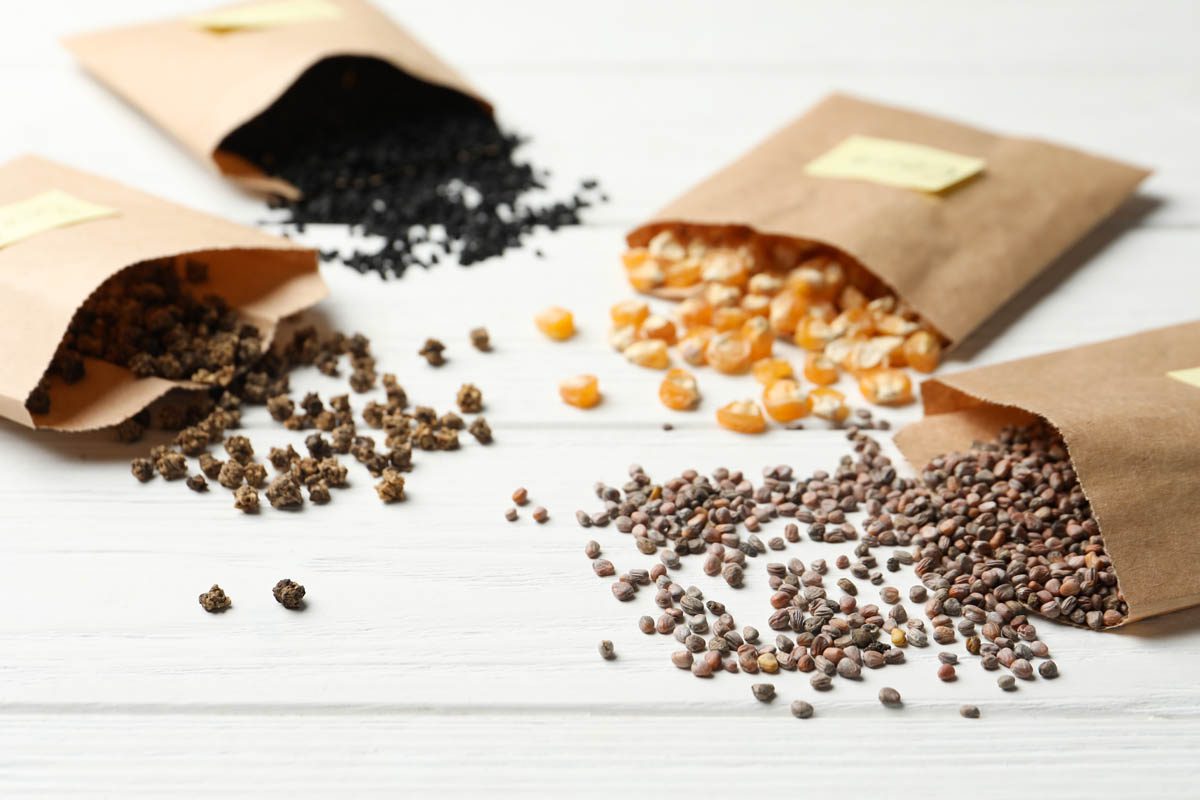Why pinch out dahlias?
Also known as stopping, pinching out is a technique used by gardeners to remove the tip (apical bud) of a plant to promote the growth of lateral (side) branches, resulting in a fuller plant and more flowers. The apical or terminal bud is the bud located at the tip of the plant where elongation and new growth occur. It was initially believed that auxins, a class of plant hormones produced in the apical bud, exerted an inhibitory effect on axillary (side) bud growth. However, recent evidence indicates that apical dominance strongly correlates with the availability of sugar. Essentially, the shoot tip’s demand for sugar is so high that axillary buds do not receive adequate sugar for growth.
Julia is a writer and landscape consultant from Wollongong with a love of horticulture. She had been an avid gardener for over 30 years, collects rare variegated plants and is a home orchardist. Julia is passionate about learning and sharing her knowledge of plant propagation and plant toxicology. Whether it’s giving advice on landscape projects or sharing tips on growing, Julia enjoys helping people make their gardens flourish.
